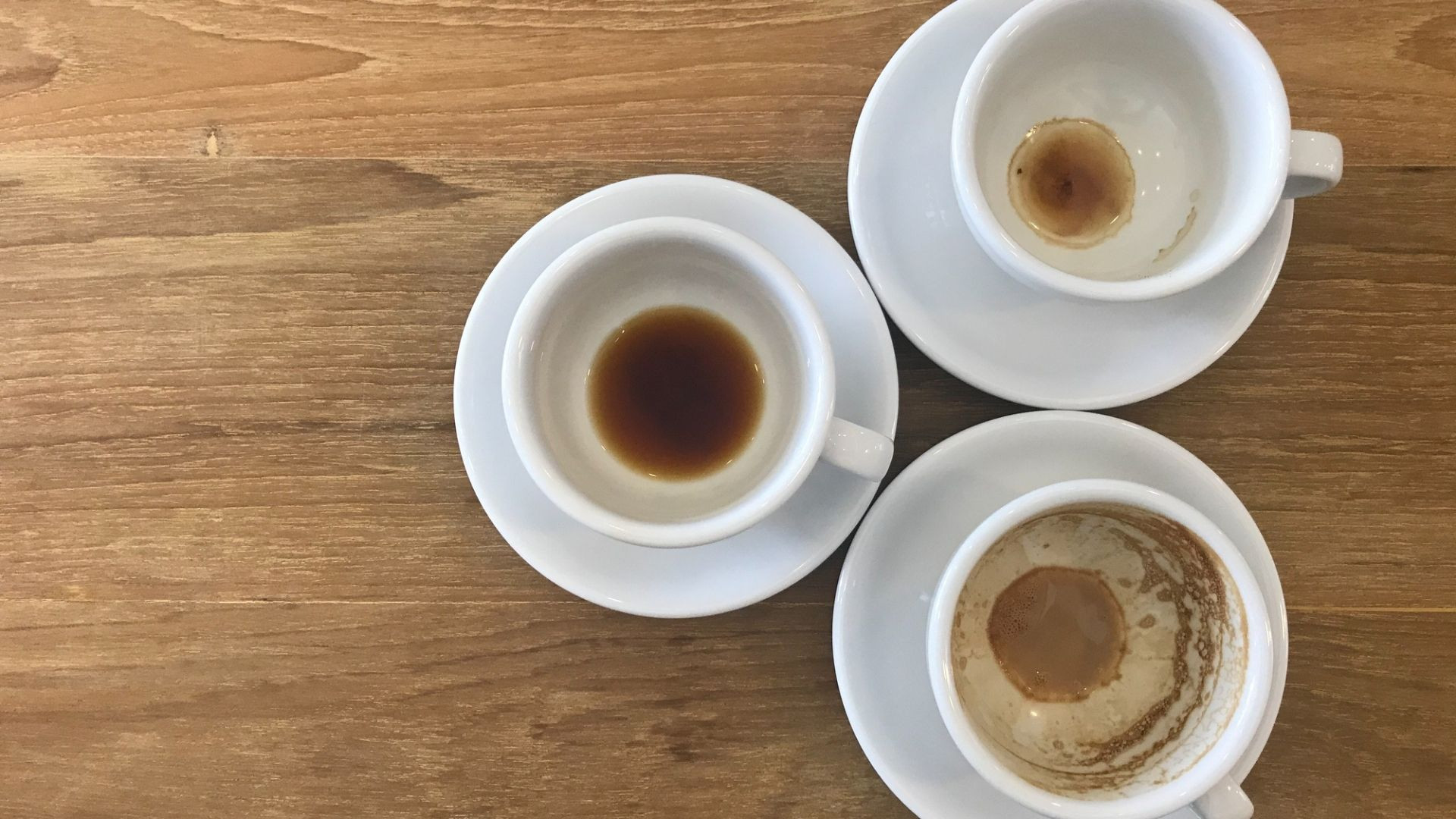Researchers fed microalgae on leftover coffee grounds to produce high-quality biodiesel
It could decrease reliance on palm oil to produce biofuel.
Have you ever guessed that a leftover coffee could turn into biodiesel? Here’s a remarkable development for bioscience.
Seemingly, Aston University scientists produced high-quality biodiesel microalgae fed on leftover coffee. According to Aston University’s release, this development is also a breakthrough in the microalgal cultivation system.
Dr. Vesna Najdanovic, senior lecturer in chemical engineering, and Dr. Jiawei Wang were part of a team that produced algae and subsequently turned it into fuel.
The results of the study were published in the November 2022 issue of Renewable and Sustainable Energy Reviews.
As stated by Aston University, approximately 98 million cups of coffee are drunk every day in the United Kingdom. This situation leads to a massive amount of spent coffee grounds which are processed as general waste, often ending up in landfill or incineration.

However, the scientists discovered that used coffee grounds serve as a structure for the microalgae (Chlorella vulgaris sp.) as well as a source of nutrients.
As a consequence, they were able to obtain enhanced biodiesel that complies with US and European standards, has low emissions, and has good engine performance.
Up until recently, algae has been grown on non-nutrient-containing surfaces like nylon and polyurethane foam. The scientists did discover, though, that microalgal cells may develop on the leftover coffee without the aid of other nutrients.
“Biodiesel from microalgae attached to spent coffee grounds could be an ideal choice for new feedstock commercialization, avoiding competition with food crops,” said Dr. Vesna Najdanovic.
“Furthermore, using this new feedstock could decrease the cutting down of palm trees to extract oil to produce biofuel. In southeast Asia, this has led to continuous deforestation and increased greenhouse gas emissions.”
Abstract
One of the economical approaches to harvest mature microalgal biomass is through the attached growth system, in which the microalgal cells form attachment onto support material to facilitate its separation from the cultivation medium. Hence, the spent coffee grounds (SCG) was employed as the support material, proffering alimentation, and platform for Chlorella vulgaris sp. microalgae, to populate its surface. The SCG dosage of 8 g L−1 was revealed as optimum in enhancing the attached microalgal growth, i.e., achieving the microalgae density of 2.43 ± 0.04 g g-SCG−1 under continuous illumination. The introduction of a 20:4 photoperiod regime with the dark period cycle of 4 h day−1 and the remaining 20 h day−1 of illumination yielded a maximum microalgal density of 3.970 ± 0.8 g g-SCG−1. In this regard, the dark period had allowed the attached microalgae to strengthen their mixotrophic growth, i.e., assimilating more carbon from SCG effectively amidst heterotrophic mode. Besides, the extension of the dark period to 20 h day−1 had been identified as the threshold requirement to stress the attached microalgae in accumulating a significant amount of lipid which was about fivefold more productive than the attached microalgae growing under the continuous illumination. The fatty acid methyl esters (FAME) profile derived from harvested attached microalgal biomass was loaded primarily with alkyl chains of C12 to C18. Also, the high saturation degree of FAME had indicated the stability of biodiesel produced from attached microalgae growing onto SCG feedstock.
 SHOW COMMENT ()
SHOW COMMENT ()










